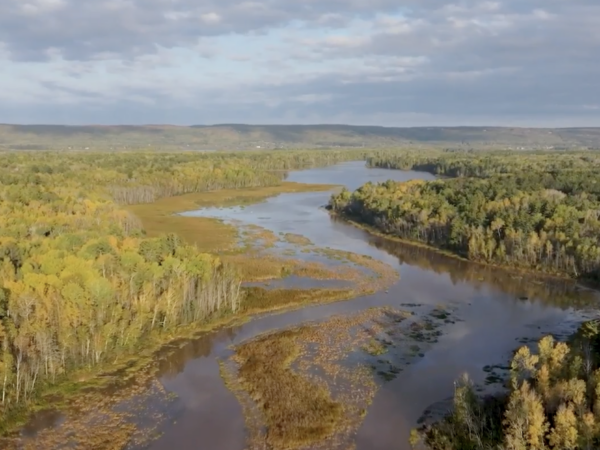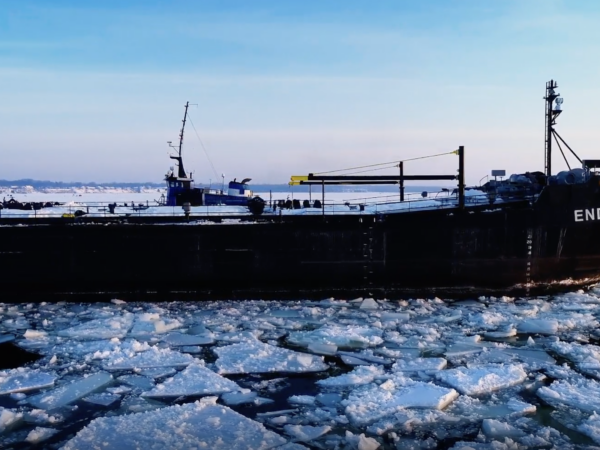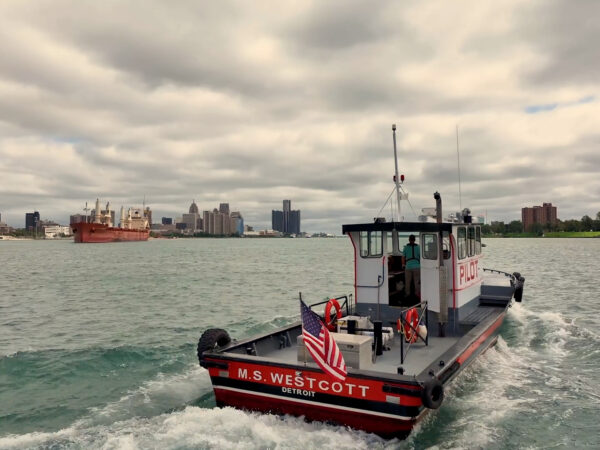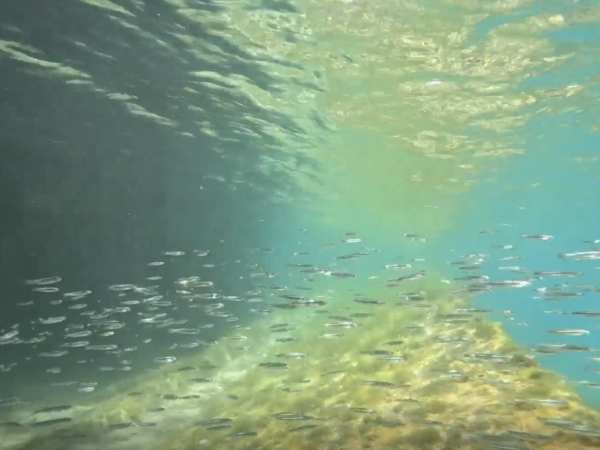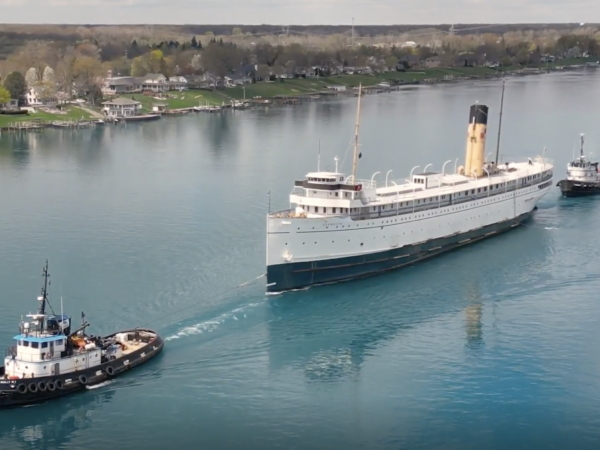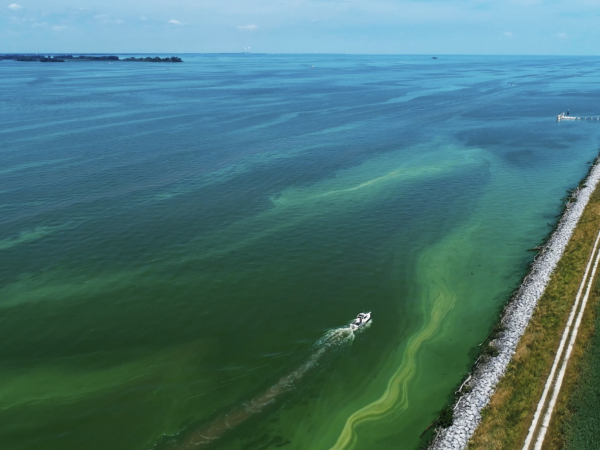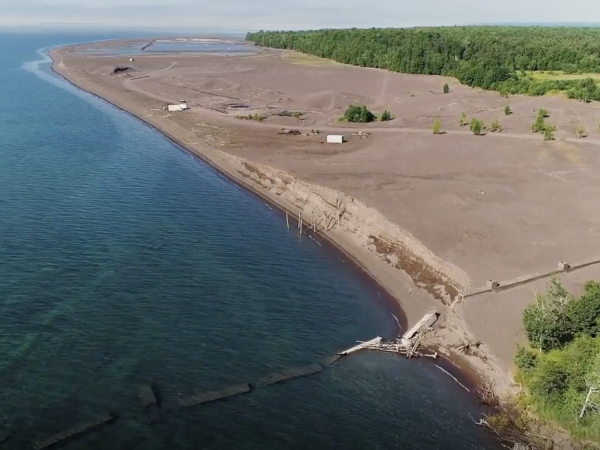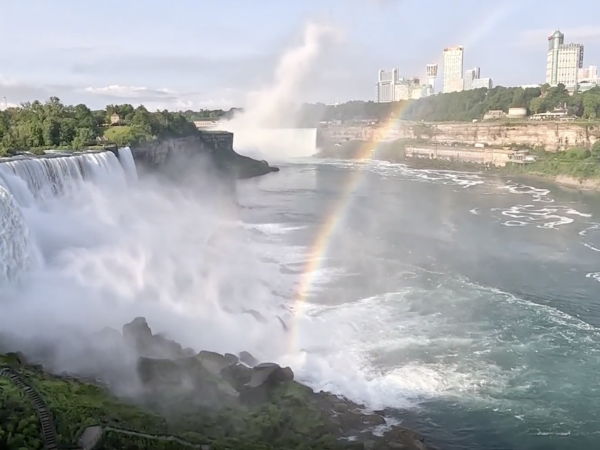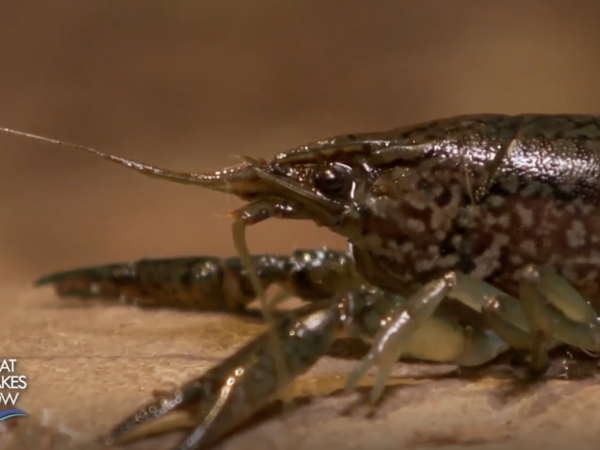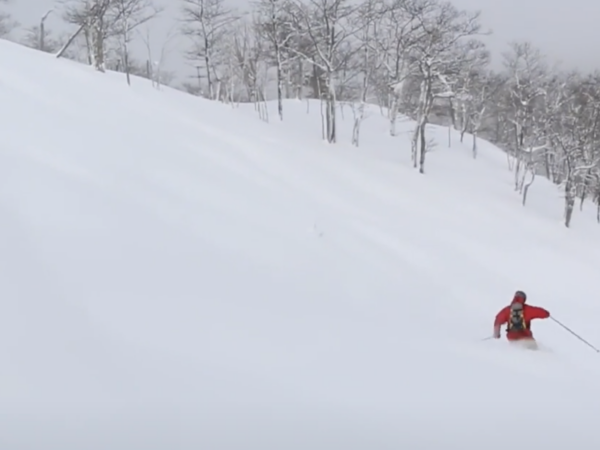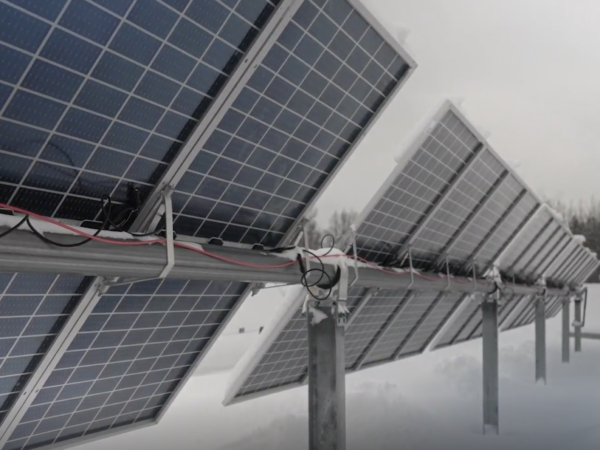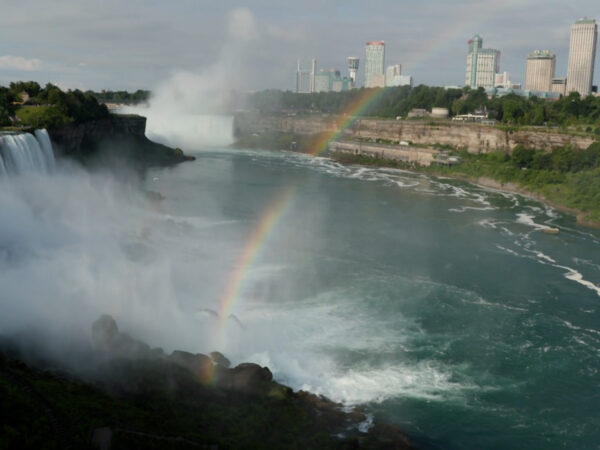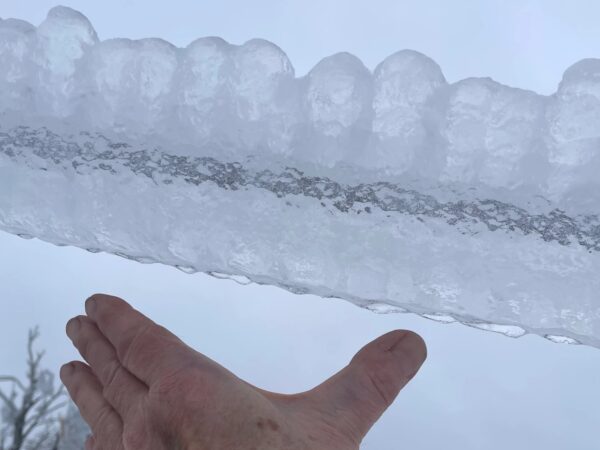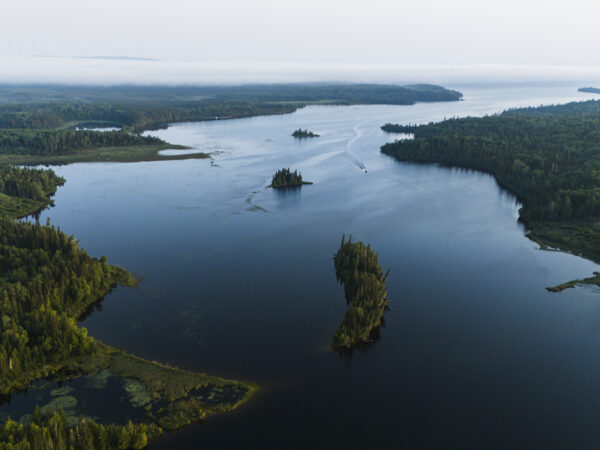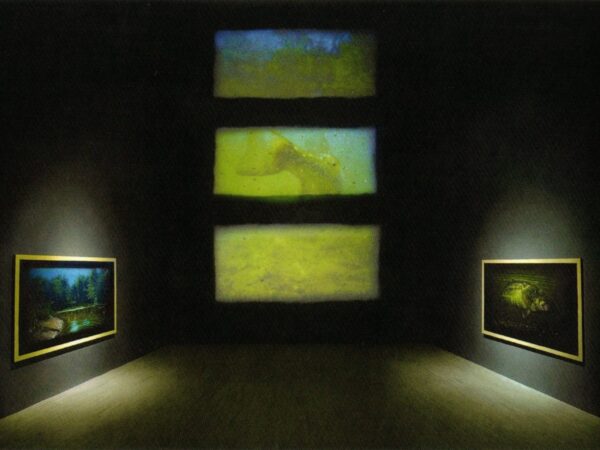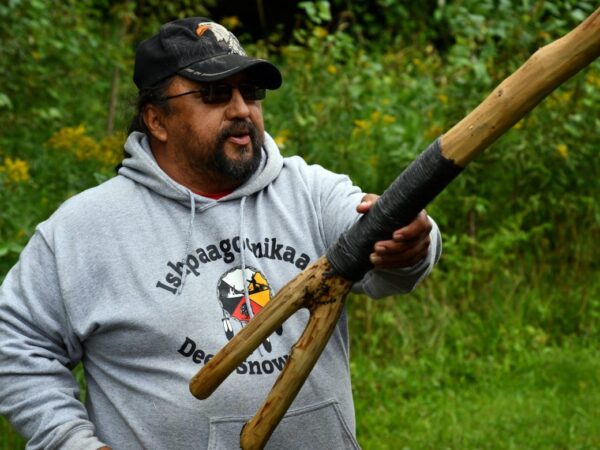IN THIS EPISODE:
Join researchers as they uncover details about the bottom of the Great Lakes, head to Toronto’s Royal Ontario Museum to learn how scientists are using a natural history collection to understand changes to global biodiversity, and The Catch has news about the lakes you love.
WHERE WE TAKE YOU IN SEPTEMBER
GREAT LAKES LEARNING:
Explore this month’s hands-on lesson plans designed to help your middle schoolers understand the Great Lakes — all at home or in the classroom. They’re aligned to education standards AND free to download.
Mapping Lesson Plans Freshwater Fish Lesson Plans
Have a question about the Great Lakes or life in the region?
Ask Great Lakes Now, and if we can answer it, we might loop it into our coverage so others can learn too.
Submit Your Question
When to Watch?
Check your local station for when Great Lakes Now is on in your area.
Premieres on DPTV
Wednesday, September 28, at 7:30 PM
STATIONS CARRYING THE SERIES
DPTV
Detroit, Michigan
WEAO
Akron, Ohio
WNEO-TV
Alliance, Ohio
WCML-TV
Alpena, Michigan
WDCP-TV
Bad Axe, Michigan
BCTV
Bay County, Michigan
WBGU-TV
Bowling Green, Ohio
WNED-TV
Buffalo, New York
WCMV-TV
Cadillac, Michigan
WTTW-TV
Chicago, Illinois
WVIZ-TV
Cleveland, Ohio
WKAR-TV
East Lansing, Michigan
WQLN-TV
Erie, Pennsylvania
WCMZ-TV
Flint, Michigan
WGVU-TV
Grand Rapids, Michigan
WPNE-TV
Green Bay, Wisconsin
WGVK-TV
Kalamazoo, Michigan
WHLA-TV
La Crosse, Wisconsin
WHA-TV
Madison, Wisconsin
WNMU-TV
Marquette, Michigan
WHWC-TV
Menomonie-Eau Claire, Wisconsin
WMVS-TV
Milwaukee, Wisconsin
WCMU-TV
Mt. Pleasant, Michigan
WLEF-TV
Park Falls, Wisconsin
WNIT-TV
South Bend, Indiana
WCNY-TV
Syracuse, New York
WGTE-TV
Toledo, Ohio
WDCQ-TV
University Center, Michigan
WNPI-TV
Watertown, New York for Ontario signal
WPBS-TV
Watertown, New York for U.S. signal
WHRM-TV
Wausau, Wisconsin
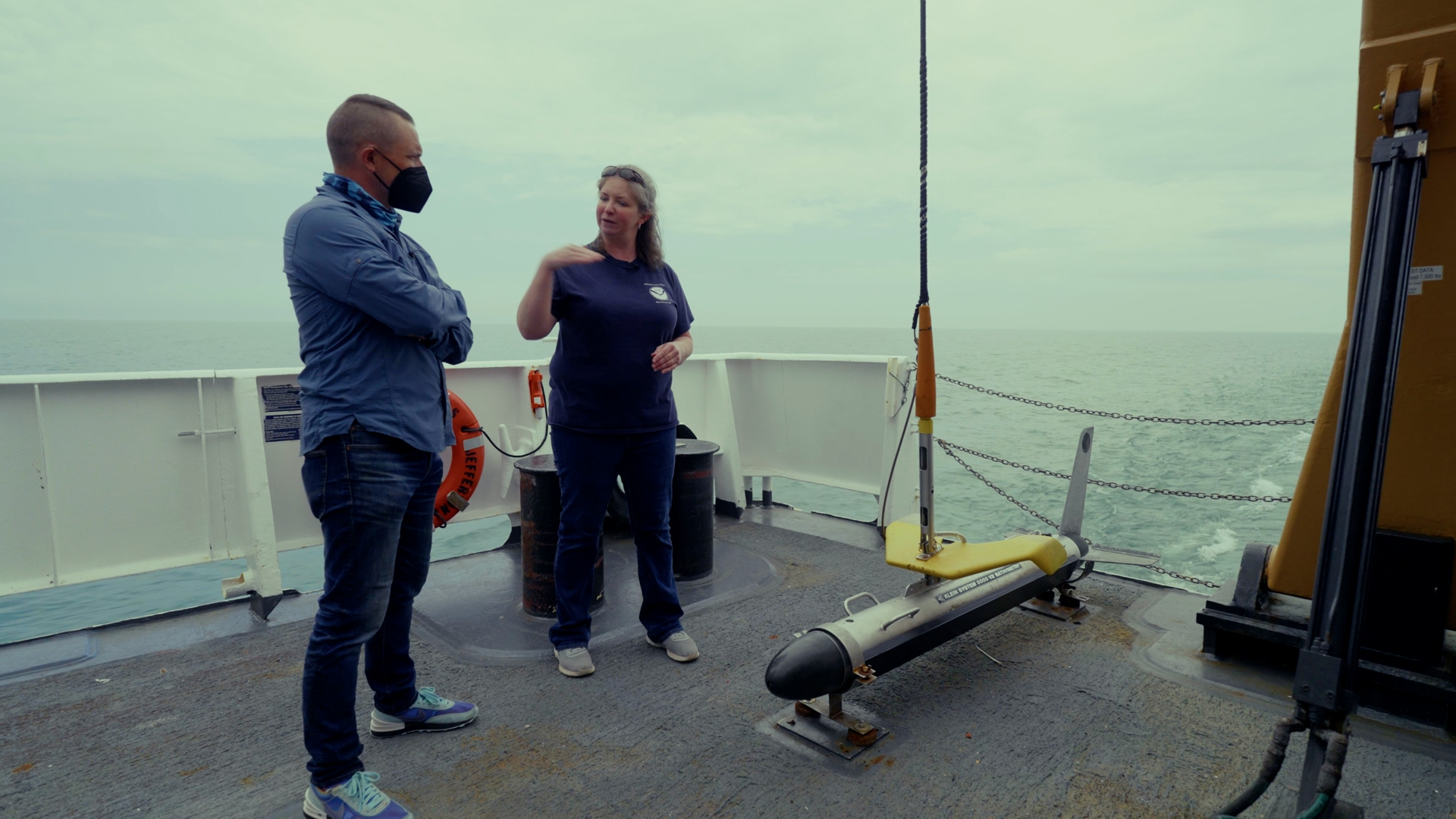
NOAA scientists and researchers are working to update navigational charts used by mariners across the region — a priority of NOAA’s office of Coast Survey.
Mind the Map
SEGMENT 1 | Cleveland, Ohio
While current charts of the Great Lakes have aided navigation for decades, they’re based on a patchwork of data gathered using primitive survey methods like lead-line surveys, in some cases around 80 years ago. The charts are low-resolution, indicating only depths, often miles apart—but that’s changing.
There’s a new effort to map the Great Lakes bottomlands in unprecedented detail using state-of-the-art sonar. At the heart of the effort, is the U.S. National Oceanic and Atmospheric Administration’s vessel, the Thomas Jefferson.
There are multiple sonars on the Thomas Jefferson—or “TJ” for short—and on the TJ’s two launches, which also conduct hydrographic surveys. The sonars are sure to reveal details and features that have never been documented before, giving a whole new view of the depths of the Great Lakes.
What does the system look like, and how is the data gathered? Great Lakes Now contributor David J. Ruck spent a day on the Thomas Jefferson to find out.
Here is other Great Lakes Now work by David J. Ruck:
A playlist of his videos is HERE.
“The Erie Situation” … and beyond
Researchers race to understand what lies beneath the Great Lakes
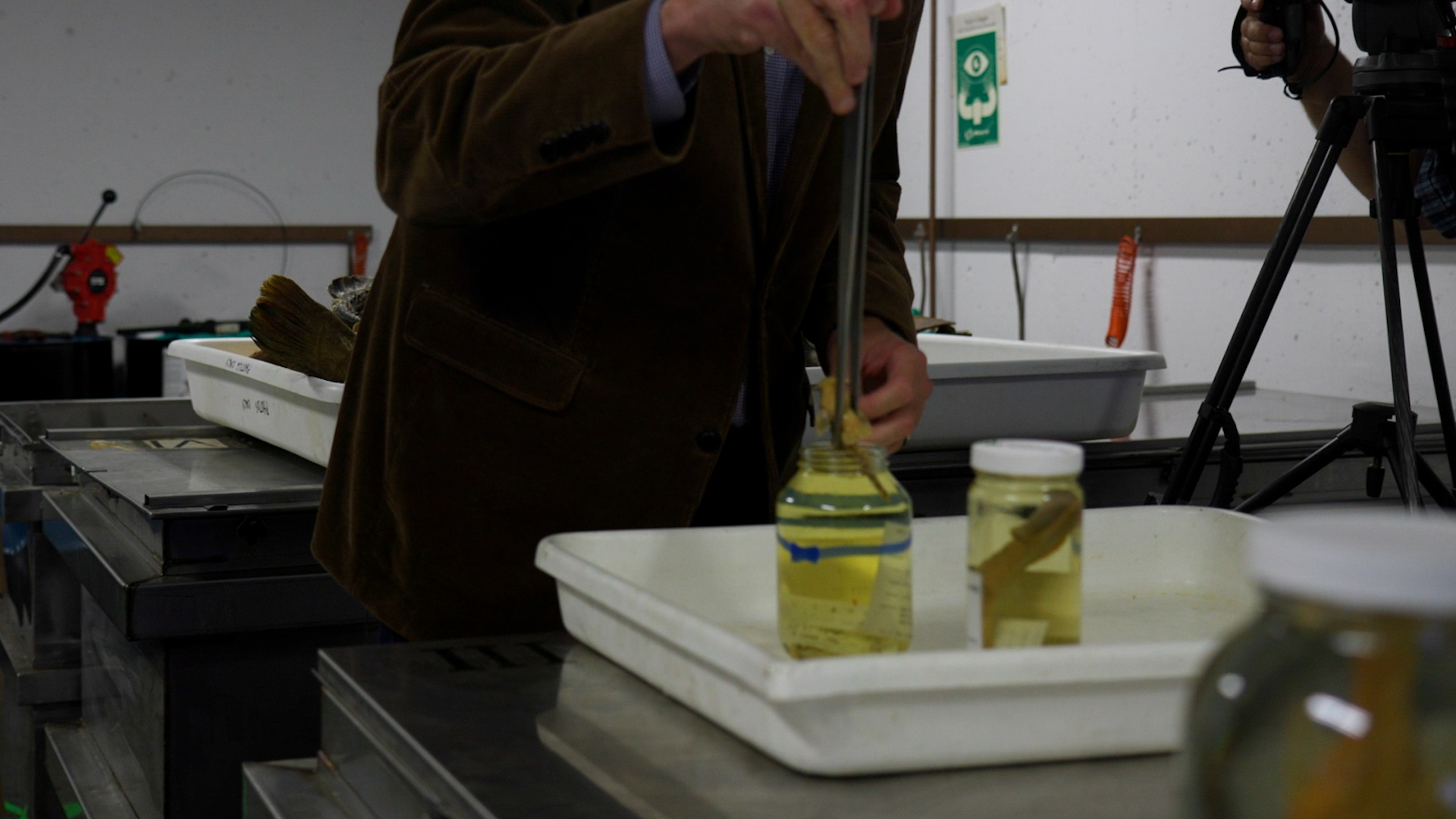
Each jar at the Royal Ontario Museum contains one or more individuals of a single species collected at a single time, at a single place. This is important because it provides a historical record of biodiversity.
Jar Trek
SEGMENT 2 | Toronto, Ontario
The Royal Ontario Museum (ROM) is Canada’s largest museum and is comparable to the British Museum in London, England, or the Smithsonian in Washington, D.C.
More than a million people a year visit the ROM to enjoy over 13 million artworks, cultural objects and natural history specimens showcased across 40 gallery and exhibition spaces.
But behind the scenes, the ROM’s fish-specimen collection is one of the top 10 fish collections in North America. It includes 110,000 jars containing about 1.5 million individual specimens spanning more than 7,500 species of fishes. Roughly, one in five species of fish globally are represented, from both freshwater and marine environments.
But the ROM fish collection isn’t housed in their iconic downtown Toronto location. With over 100,000 jars filled with flammable liquid, the entire collection was moved out of the museum basement to a secure — and secret — location outside of the city.
Erling Holm curated the collection for 44 years and recently passed the reins to Nathan Lujan. Both men share with Great Lakes Now why natural history collections play such a critical role in understanding Earth biodiversity and how it is changing over time.
Here is other Great Lakes Now work on fish and museums of the region:
The “I Speak for the Fish” monthly features are HERE.
Board a Ship, See Some Fish, Learn the History: Great Lakes Museums, Aquariums and Forts
Rogers City museum inducts Lake Huron shipwreck victims, honors lives
Visit a Lighthouse: Explore history in one of the many preserved lighthouses around the Great Lakes
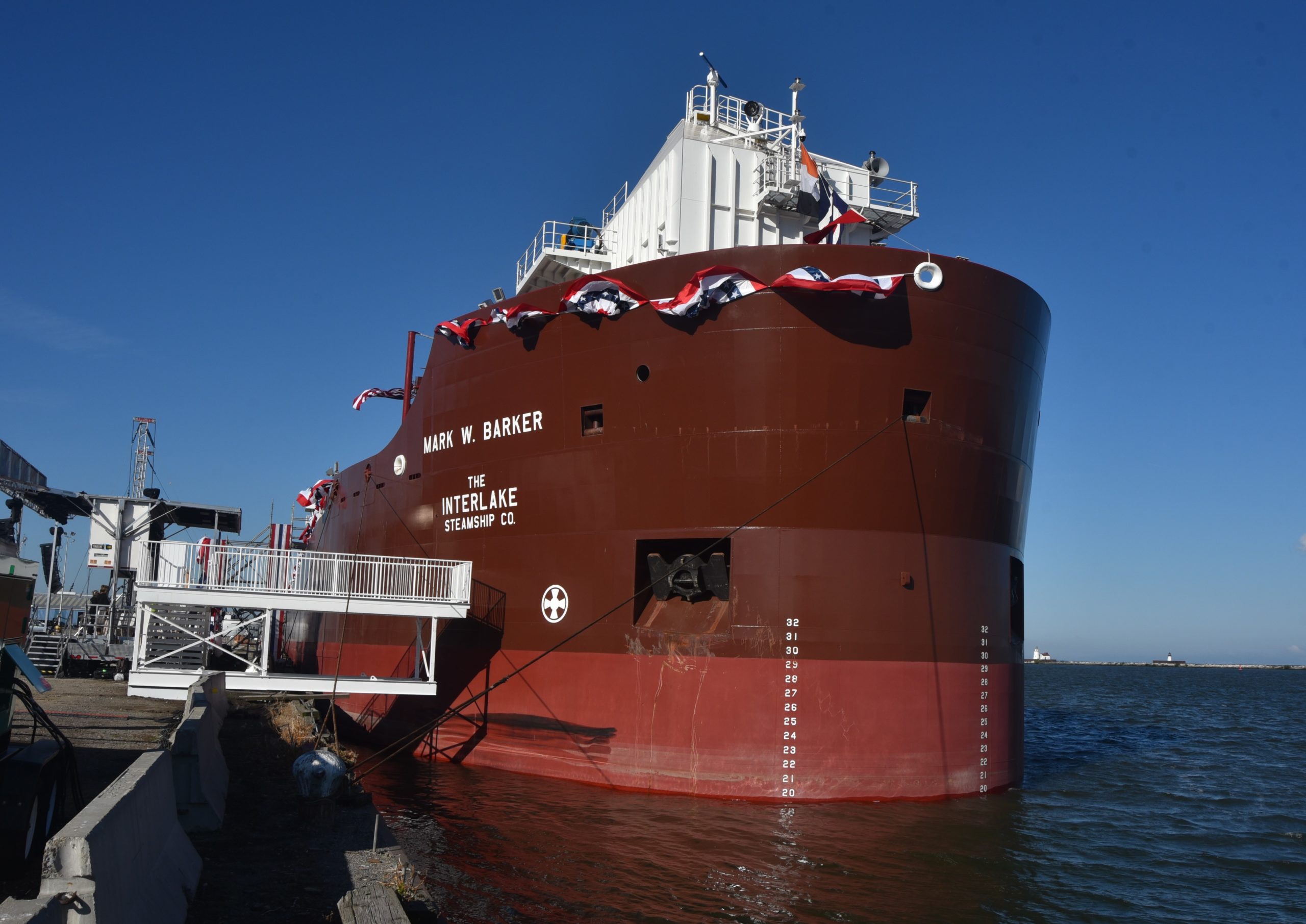
The Mark W. Barker empty and riding high on the shore at Cleveland the day before her Ohio christening.
The Catch: News about the Lakes You Love
SEGMENT 3 | Chicago, Illinois; Syracuse, New York; Cleveland, Ohio
Keep up with the Great Lakes’ biggest issues. Find out how environmental challenges are impacting your enjoyment of the outdoors and the health of the ecosystem. Go beyond the headlines with reporters from around the region.
This new segment – The Catch – in our award-winning PBS program will keep you in the know. This month, stories from our partners with the “Water’s True Cost” project.
First, head to Chicago where Daily Herald Climate Reporter Jenny Whidden is looking into the causes of lightning bug population declines. Whidden says the issue is part of a larger problem of declining insect populations in general, but she also has some suggestions on what you can do to help attract and protect lightning bugs in your own backyard.
Next, Syracuse.com Climate Reporter Glenn Coin talks about a historic transfer of land back to the Onondaga Nation.The move marks the first time that land has been returned directly to a tribal entity in the state of New York. The land transfer is part of a settlement involving Honeywell International, a company that polluted and is now helping to restore Onondaga Lake.
Finally, GLN’s Lake Erie Contributor James Proffitt rounds things out with news about the launch of an innovative freighter from the Cleveland-based Interlake Steamship Company. The ship is named the Mark W. Barker and is the first American made bulk cargo carrier constructed on the Great Lakes in nearly 40 years.
Click below for other Great Lakes Now work on issues reported in this month’s “The Catch”:
Videos from Episode 2209
Subscribe on YouTube
Featured Articles
Digital Credits
The Great Lakes Now Series is produced by Rob Green and Sandra Svoboda.


